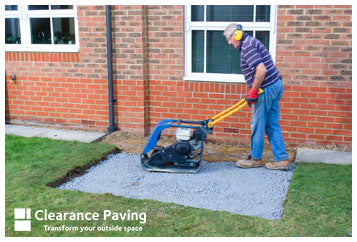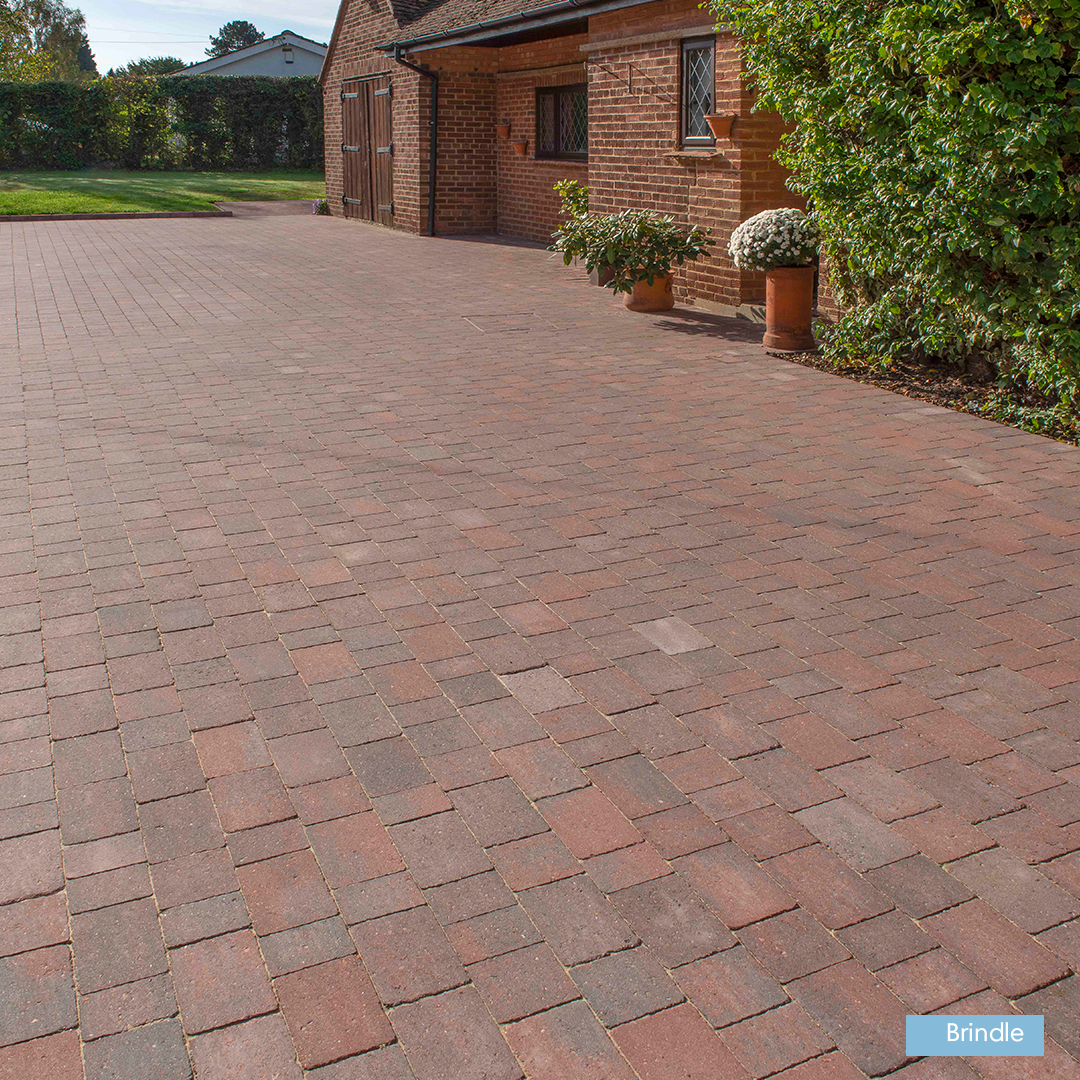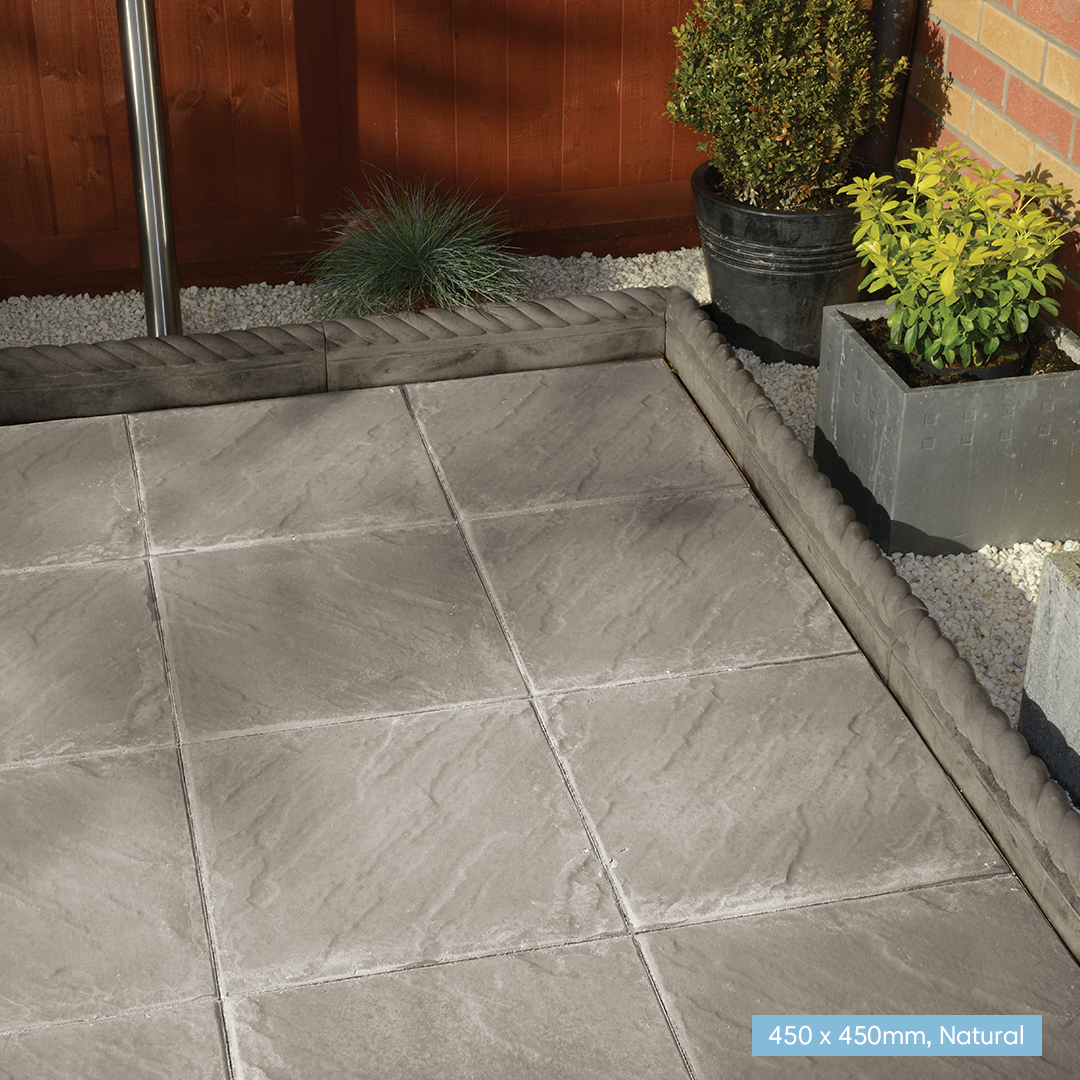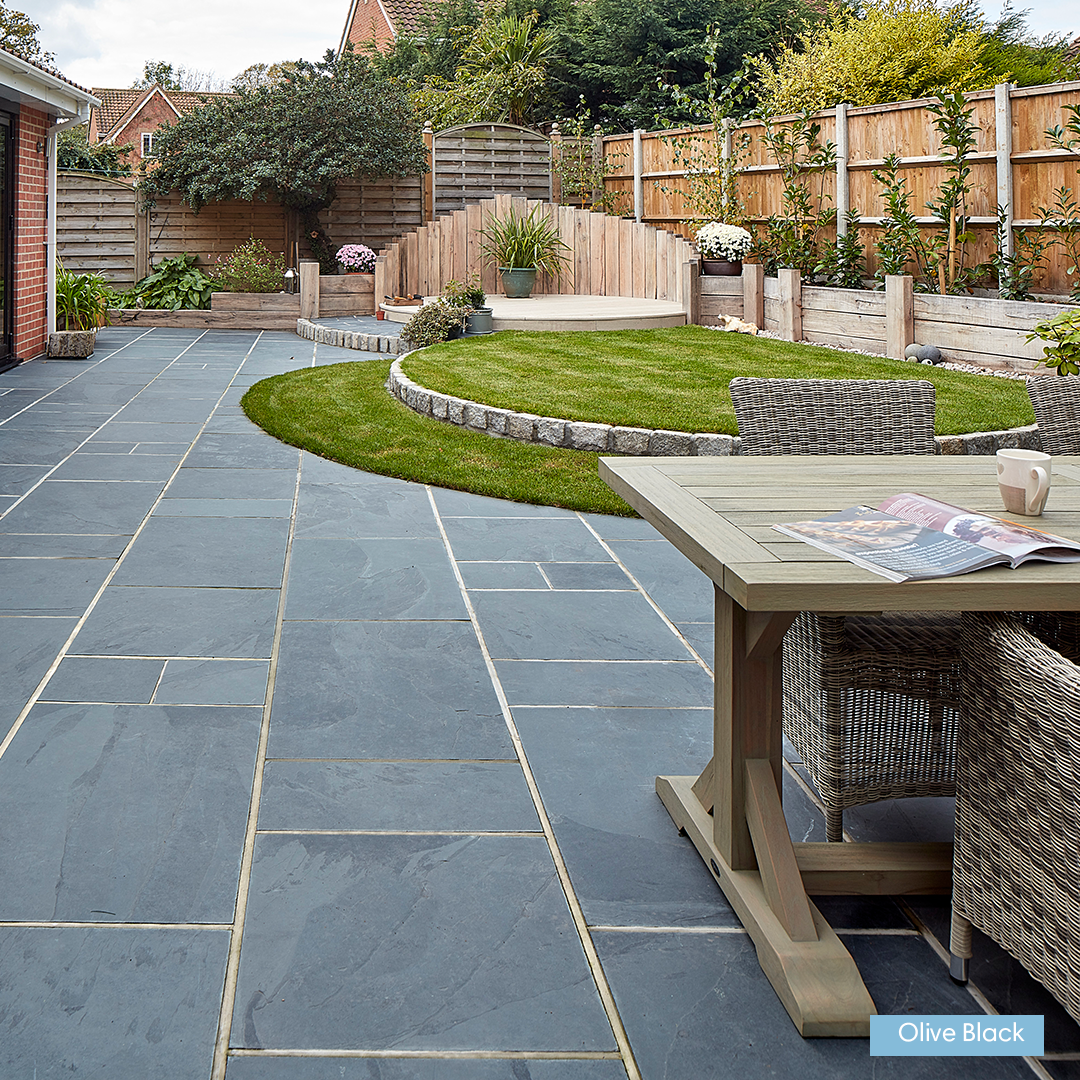How to Install Wet Cast Concrete Paving Slabs (Bronte, Canterbury & Stamford)
If you have made the decision to install paving slabs yourself, there are a number of things you need to prepare and some important steps to follow to ensure your patio paving looks good and performs well for many years, letting you get the maximum enjoyment from your outdoor space.
We’ve put together some use tips and advice on how to lay paving slabs – follow these and you can’t go wrong.
Check List
Before you start to install your paving, make sure you have everything you need. Below is a list of tools and materials you will need.
Spade, rake, broom, rubber mallet, spirit level, string line, tape measure, pointing trowel, cutting tool (e.g. disc cutter), cement mixer (not essential) and compactor (mechanical if possible), wheelbarrow and some personal protection equipment such as gloves, glasses and protective footwear.

You will also need your choice of paving, building sand, washed sharp sand, cement, Type 1 Sub-Base. The quantity of the materials will depend on the size of the area you are installing, so ask your local Builders Merchant who will be able to advise.
Prepare the site:
- Mark and excavate the area for your patio, ensuring a depth of 170mm below the finished paving level. This depth accounts for the following layers: 100mm sub-base, 40mm bedding layer, and 30mm of paving slab. (Levels, longitudinal
- minimum of 1-100, and cross falls, minimum 1-80 for the final pavement are constructed at the sub-grade level, this will allow the water to run off, and avoiding ponding on the finished pavement.
- If the sub-base is to be constructed on weak ground, then the soft areas will require a geotextile to be laid directly onto the ground prior to the installation of the sub-base.

Sub-base Construction
- Install a Type 1 sub-base, ensuring a final compacted thickness of 100mm. Replicate the levels, longitudinal and cross falls from the sub-grade to allow proper water runoff and prevent ponding.
- If you are unsure about the amount of surcharge needed for compaction, trial an area to determine the required amount. (Note: Think about the amount of surcharge required to achieve a compacted thickness of 100mm. As a rough guide, 125mm of uncompacted Type 1 will compact down to 100mm when fully compacted.)
- Compact the sub-base thoroughly, ensuring a tight and dense surface to prevent loss of bedding course material during construction and use of the pavement.

Install Edge Restraints
- Securely install edge restraints around the perimeter of the patio area before laying the bedding course and paving units.
- The restraints should be robust enough to withstand traffic and should present a vertical face level with the underside of the bedding course and require haunching in concrete to the base and rear to mitigate lateral movement.
Bedding Course
- Prepare a stiff workable mix of M12 mortar, consisting of 1-part cement to 3 parts sharp sand or grit sand.This strong mix ensures frost resistance, and the stiffness supports the weight of the paving.
- Place enough mortar onto the sub-base for one paving unit, distressing the surface if necessary to create ridges.The ridges achieve a full contact bed and prevent air pockets when the paving unit is tapped down.Do not use mortar dabs, as they can create voids or air pockets beneath the paving slab.
- The final thickness of the bedding layer should be 40mm. The maximum working time for a mortar is typically up to 2 hours. After this time, fresh mortar should be used.
Paving Slab Installation
- Place each paving unit onto the prepared bedding layer, ensuring full contact with the mortar.
- Align the units to maintain proper line and level.
- Compact the units using a paviour's maul, ensuring they do not rock after bedding. Any rocking flags should be lifted and re-laid as necessary.
Jointing
- Lay the paving slabs with joint widths typically ranging from 6mm to 10mm. Exclude the chamfer (if present) from the joint width measurement.
- Prepare a designation M6 sand cement mortar with 1 part cement to 4 parts sand.Firmly press the mortar into the joints using a suitable pointing iron.
- Fill the joints to the full depth of the paving, leaving a gap of 2 to 3mm from the top surface.
- Clean off any excess mortar from the surface of the paving immediately to avoid staining.
- Allow at least 24 hours for the mortar to set before walking on the surface of the paving.During this time, protect the area from any heavy use or disturbance.
By following these step-by-step instructions, you can successfully install wet cast concrete paving as a patio or pavement, providing a durable and aesthetically pleasing outdoor space for your enjoyment.

Tips
When laying small areas, buy project packs that feature mixed sizes. These are economical and provide a balanced mix of sizes for a traditional look.
Try to avoid joint lengths of more than 3 slabs to improve the appearance of your finished project.
If required, install edging, manhole covers and drainage channels before your main paving.
If you need to cut slabs to fit always use the correct protective equipnemt and measure carefully to avoid wastage.








